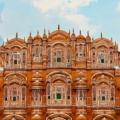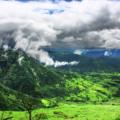Where to Go for Garba in India This Navratri: Mumbai, Ahmedabad, Vadodara, Surat & More
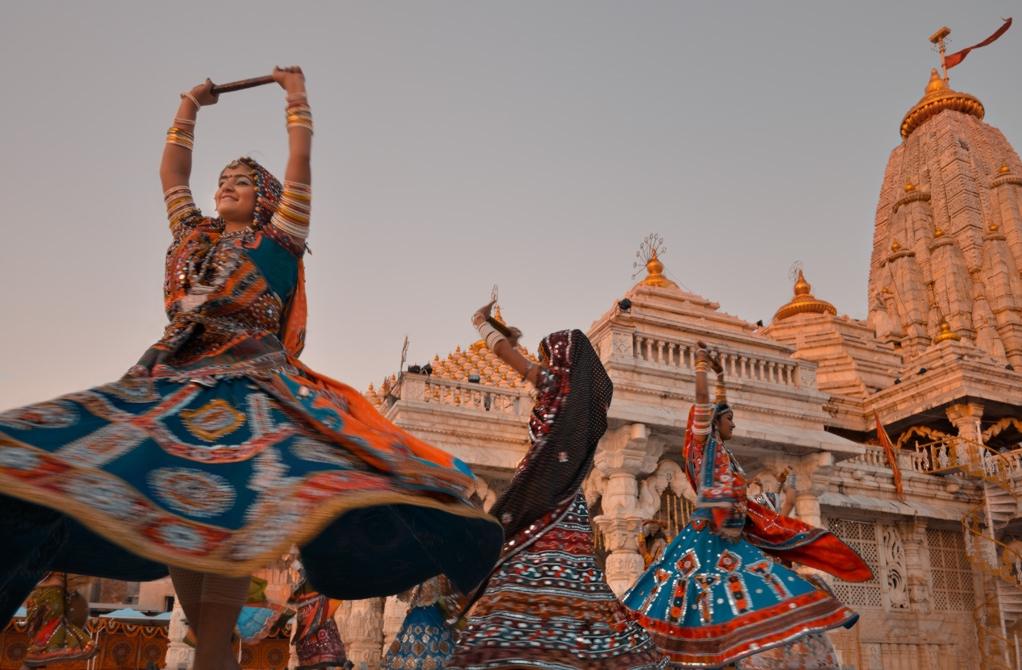
Navratri 2025 promises to be a vibrant celebration filled with devotion, dance, and cultural festivities across India. This auspicious festival, dedicated to Goddess Durga and her nine forms, is observed over nine days and nine nights, symbolizing the triumph of divine power over evil demons. Whether you are drawn to the energetic Garba dances of Gujarat or the grand Durga Puja celebrations in eastern India, Navratri is a time when communities unite to honor the fierce yet loving nature of the goddess and seek her blessings for a prosperous life. During Navratri, devotees feel blessed by the divine grace of Goddess Durga, believing her favor brings spiritual strength and auspiciousness.
In this Blog
About Navratri – The Festival of Nine Nights

Navratri, which literally means “nine nights,” is a festival steeped in history and spiritual significance. It commemorates the victory of good over evil through the worship of Goddess Durga, a divine figure believed to embody Shakti, the cosmic energy and power. According to Hindu mythology, Goddess Durga was created by the combined powers of Vishnu, Shiva, and other gods to defeat the demon Mahishasura. Each of the nine days is dedicated to one of the nine forms or avatars of Durga, known collectively as the Navadurga. These forms range from the nurturing Shailputri to the most destructive avatar, Goddess Kalaratri, who represents the fierce nature of the goddess battling evil forces.
The festival begins on the first day, Pratipada, with prayers to Goddess Shailputri, the mountain god’s daughter and an embodiment of purity. The timing of Navratri is based on the lunar calendar and is closely associated with the phases of the moon, which hold deep spiritual significance in Hindu traditions. The second day honors Goddess Brahmacharini, symbolizing devotion and penance. By the third day, devotees worship Goddess Chandraghanta, known for her loving nature and bravery. This pattern continues through the nine days, culminating on the ninth day, Navami, dedicated to Goddess Siddhidatri, who grants spiritual knowledge and supernatural powers.
Throughout these nine days, devotees observe rituals, fasts, and perform worship to invoke the goddess’s divine power. The evenings come alive with Garba and Dandiya Raas dances, traditional folk dances that celebrate the joyous spirit of Navratri. The festival’s core message is the destruction of evil spirits and the restoration of righteousness, often symbolized by the goddess’s victory over the demon Mahishasura in an intense battle. In the Ramayana, it is believed that after Rama worshipped Goddess Durga and received her blessings, Rama won his battle against Ravana, further highlighting the festival’s significance.
Navratri 2025 Dates: Mark Your Calendar for the Festivities
Navratri 2025 will begin on September 22 and continue through nine vibrant nights, culminating on October 1. The tenth day, known as Vijaya Dashami, will be celebrated on October 2, marking the grand finale of this auspicious festival. Each of the nine nights is dedicated to the worship of the nine forms of Goddess Durga, with every day bringing its own unique rituals, prayers, and celebrations. People celebrate Navratri across India by donning traditional attire, participating in cultural activities, and gathering for Garba and Dandiya dances—especially in Gujarat, where the festival is synonymous with energetic dance and music. Dandiya sticks, colorful outfits, and devotional songs fill the air as communities come together to honor the goddess and seek her blessings. Whether you’re joining the festivities for spiritual growth, to enjoy the dance, or to simply soak in the vibrant atmosphere, Navratri is a festival that brings people together in worship, joy, and celebration.
Preparations and What to Expect: Getting Ready for Navratri
As the festival approaches, the excitement of Navratri can be felt in homes and communities across India. Devotees begin preparations by cleaning and decorating their homes, buying new clothes, and preparing traditional sweets and snacks to share with family and friends. In Eastern India, especially in West Bengal, the anticipation builds for Durga Puja, with elaborate pandals and stunning idols of Goddess Durga being crafted and installed for worship.
Meanwhile, in Northern India, the dramatic performances of Ramleela bring the story of Lord Rama to life, reminding everyone of the time when Rama worshipped Goddess Durga to gain her blessings before his epic battle with Ravana. The nine days of Navratri are filled with rituals, including the worship of the Dasha Maitrikas and the special Ayudha Puja on the ninth day, when all tools and instruments are honoured. It is believed that these traditions invite prosperity and divine protection into the home.
Navratri and Durga Puja – Different Traditions, Same Devotion
While Navratri is celebrated with fervour across India, its customs vary by region, reflecting the country’s rich cultural diversity. In Gujarat and many parts of western India, Navratri is synonymous with Garba and Dandiya, where communities gather to dance all night in colourful traditional attire. The festival here emphasises music, dance, and communal harmony.
In contrast, eastern India, particularly Bengal, celebrates Durga Puja during this period with grand artistic displays and elaborate rituals. Durga Puja focuses on the worship of Goddess Durga’s divine forms through beautifully crafted idols placed in stunning pandals (temporary structures). The celebrations include offerings of bhog (sacred food), cultural performances, and rituals that highlight the goddess’s role as a protective mother and destroyer of evil. Saraswat Brahmin temples and other communities also observe Ayudha Puja, worshipping all tools and instruments on the eighth or ninth day. In Kerala, all the tools in the household are blessed and worshipped as part of Ayudha Puja traditions.
Despite these differences, both Navratri and Durga Puja share the central theme of honoring Goddess Durga’s divine power and seeking her blessings for protection, prosperity, and spiritual growth.
Why Gujarati Garba is So Special

Gujarati Garba is much more than a dance; it is a spiritual celebration of life and devotion. Performed in circular formations, Garba involves rhythmic clapping and intricate footwork that symbolizes the cycle of life and the universe. Dressed in vibrant chaniya cholis for women and kediyus for men, adorned with mirror work and embroidery, participants embody the festive spirit.
The music, often featuring traditional folk tunes alongside modern Garba songs, creates an electrifying atmosphere. The use of dandiya sticks in Dandiya Raas adds a dynamic element to the dance, representing the sword of Goddess Durga in her battle against evil. This blend of devotion and joy has made Gujarati Garba one of the most iconic Navratri celebrations globally.
Best Cities to Experience Garba Nights in India
For those eager to experience the magic of Garba during Navratri 2025, several Indian cities stand out as prime destinations.
Ahmedabad – The Capital of Garba Nights
Ahmedabad is renowned as the heart of Gujarati Garba. The city hosts some of the most authentic and grand Garba nights in India, such as the Mirchi Rock n Dhol and the YMCA grounds events. Thousands of devotees and dancers clad in traditional attire come together under the moonlit sky, creating an unmatched energy that captures the essence of Navratri.
Vadodara – Tradition Meets Culture
Vadodara offers a culturally rich Garba experience. The United Way Garba event is famous worldwide, drawing dancers from various countries. The Faculty of Fine Arts at MS University organizes Garba nights that blend devotion with heritage, making Vadodara a perfect destination for those seeking a traditional celebration steeped in the spirit of the goddess.
More about United Garba Mahotsav-The United Garba Mahotsav in Vadodara stands as one of the largest and most celebrated Garba events in India. Held at M.M. Patel Farm, this 9-day festival attracts over 40,000 participants nightly. The 2025 edition features the dynamic Rutumbara Group, known for their spirited traditional Garba and Dandiya performances, alongside the legendary Atul Purohit, whose soulful renditions continue to unite generations. Navratri Garba+1
Surat – Glamorous and Modern
Surat brings a glamorous and youthful vibe to Navratri. Known for its stylish outfits and high-energy crowds, the city hosts celebrity events and fusion music nights that appeal to the younger generation. Surat’s Garba nights combine tradition with modern trends, making them unforgettable.
Mumbai – Bollywood Meets Garba
Mumbai’s cosmopolitan flair adds a unique twist to Garba. Neighborhoods like Borivali, Goregaon, and Thane buzz with celebrations that mix Bollywood beats with traditional Garba rhythms. The city’s diverse population ensures inclusive and vibrant festivities, with both large-scale events and community gatherings.
Other Cities Worth Experiencing Garba
- Rajkot: Known for its traditional circle formations and strong community spirit.
- Indore: Blends Garba with local cultural performances for a unique experience.
- Delhi: Hosts large Garba events catering to its cosmopolitan residents.
- Bengaluru: Popular among students and professionals, offering a youthful and energetic atmosphere.
Festive Stays to Complete Your Navratri Experience
To fully immerse yourself in the Navratri 2025 celebrations, consider staying in accommodations that offer easy access to major Garba venues and Durga Puja pandals. Many hotels and guesthouses in Ahmedabad, Vadodara, and Surat provide special festive packages. Booking early is advisable, as these auspicious days attract visitors from across India and the world.
How the Nine Days of Navratri Shape Garba Nights
Each evening of Navratri carries its own significance, but the eighth day (Ashtami) and ninth day (Navami) are particularly special. These nights see the largest gatherings, the most elaborate traditional attire, and the most energetic dances. Devotees and dancers come together to celebrate the goddess’s victory over evil with fervor and joy, making these nights the highlight of the festival.
The Nine Avatars of Goddess Durga: Stories and Significance

The heart of Navratri lies in the worship of the nine forms of Goddess Durga, each celebrated on a different night during the festival’s nine days. These avatars, known as Navadurga, embody the divine power and multifaceted nature of the goddess, and their stories are woven into the spiritual and cultural fabric of India. Across different regions—from the vibrant Garba nights of Gujarat to the grand Durga Puja festivities in Eastern India and the traditional rituals of Northern India—devotees honor these forms with devotion, music, dance, and rituals.
The journey begins on the first day with Shailaputri, the daughter of the Mountain God, who represents purity and strength. She is often depicted riding a bull, holding a trident, and is closely associated with Lord Shiva. Her worship sets the tone for the festival, inviting devotees to seek stability and grounding in their lives.
On the second day, Brahmacharini is revered for her dedication to penance and wisdom. It is believed that her unwavering devotion inspired Lord Rama, who worshipped Goddess Durga to gain her blessings before his intense battle against Ravana. This connection highlights the goddess’s role in empowering her devotees to overcome life’s challenges.
The third day is dedicated to Chandraghanta, known for her fierce nature and the crescent moon adorning her forehead. She is a symbol of courage and is invoked to destroy evil demons and protect her followers from negative forces. Her presence during Navratri is a reminder of the goddess’s readiness to defend righteousness.
Kushmanda, worshipped on the fourth day, is credited with creating the universe through her radiant smile. Depicted with eight arms holding all the tools and symbols of her power, she embodies the creative energy of the goddess and is honored for bringing light and life to the world.
Skandamata, the loving mother of Kartikeya (son of Lord Shiva and Goddess Parvati), is celebrated on the fifth day. Her nurturing nature and protective embrace are especially cherished by devotees seeking blessings for their families and children.
The sixth day is dedicated to Devi Katyayani, a powerful and revered form of Goddess Durga. She is often shown wielding a sword, ready to vanquish evil spirits and restore balance. Her worship is particularly significant in rituals across Northern India and is a highlight of Durga Puja celebrations in Eastern India.
On the seventh day, devotees honor Goddess Kalaratri, the most destructive avatar of the goddess. With her dark complexion and fierce demeanor, she is invoked to eliminate all evil and negative energies. Her story is a testament to the goddess’s willingness to take on even the most terrifying forms to protect her devotees.
Mahagauri, worshipped on the eighth day, represents purity, serenity, and the promise of renewal. Her white attire and calm presence inspire devotees to seek inner peace and spiritual clarity as the festival nears its climax.
The ninth and final day is dedicated to Siddhidatri, the bestower of wisdom and supernatural powers. She is often depicted with a book, symbolizing knowledge, and is believed to grant her devotees spiritual insight and blessings. The ninth day is a time of reflection and gratitude, as people celebrate the culmination of the nine nights of worship.
Throughout Navratri, people celebrate these divine forms with traditional attire, vibrant Garba and Dandiya dances in Gujarat, and elaborate rituals and Durga Puja festivities in Eastern India. The festival’s rich history and regional diversity are reflected in the unique ways each avatar is honored, from the jasmine flowers and sandalwood paste used in worship to the cultural activities and community gatherings that fill the nights with joy.
As the ninth day draws to a close, anticipation builds for the tenth day—Vijaya Dashami—when the victory of Goddess Durga over evil is celebrated across India. This day marks not only the end of Navratri but also the triumph of good over evil, a message that resonates in every region, every dance, and every prayer offered during this beloved festival.
Top Garba Events & Artists to Watch in 2025
1. Rangilo Re – NESCO Garba (Mumbai)
NESCO’s Rangilo Re in Mumbai offers a luxurious and contemporary twist to traditional Garba. Held at NESCO Hall 4, Goregaon, this event is headlined by the renowned Parthiv Gohil, whose live performances have become the emotional core of the festival. The event is designed for all age groups, providing a space where memories are made year after year. District by Zomato
2. Radiance Dandiya with Falguni Pathak – Jio World Convention Centre (Mumbai)
Celebrate Navratri like never before with the Queen of Dandiya, Falguni Pathak, live at the King of Venues, Jio World Convention Centre, BKC. Experience a vibrant world of music, dance, and culture, complete with dazzling lights, festive décor, and an electric Garba atmosphere. BookMyShow
3. G9 Garba Ratri (Surat)
G9 Garba Ratri in Surat is a premium pre-Navratri celebration featuring the Dandiya King, Kirtidan Gadhavi. Held at Kesariya AC Dome, this event promises an unforgettable night of music, dance, and celebration. BookMyShow
4. Kalidas Garba (Surat)
Kalidas in Surat is renowned for its authentic Garba experience, offering a platform for both seasoned dancers and newcomers. The event is a celebration of tradition, community, and the rich cultural heritage of Gujarat.
Additional Artists to Look Forward to
- Kirtidan Gadhavi: Known as the “King of Raas Garba,” Kirtidan Gadhavi’s performances are a blend of tradition and emotion, making every performance memorable. events.sulekha.com
- Rutumbara Group: Renowned for their spirited traditional Garba and Dandiya performances, the Rutumbara Group continues to inspire thousands to dance joyfully each night. Navratri Garba
- Parthiv Gohil: At the heart of Rangilo Re, Parthiv Gohil’s soul-stirring live performances have become the emotional core of the event, uniting thousands of dancers in rhythm and spirit night after night.
Tips for Enjoying Garba Nights
To make the most of Navratri 2025 Garba celebrations, here are some handy tips:
- Book Early: Garba passes and event tickets sell out quickly due to high demand.
- Dress Right: Embrace tradition by wearing chaniya cholis, kediyus, and bandhani dupattas to enhance your experience.
- Learn the Basics: Familiarize yourself with simple Garba and Dandiya Raas steps to enjoy the dance fully.
- Stay Hydrated: Dancing for hours requires plenty of water to keep energized.
- Avoid Alcohol: Refrain from alcohol consumption during Navratri to maintain respect, cleanliness, and proper conduct in religious settings.
- Respect the Circle: Garba is about unity and rhythm; follow the flow and enjoy the collective spirit.
- For updates on passes, venues, and timings, platforms like BookMyShow Navratri are invaluable resources.
Beyond the Dance – Food, Fashion & Festive Fun
Navratri is a feast for the senses beyond just dance. Streets and markets come alive with festive foods such as fafda-jalebi, khaman, and various chaat items. Traditional Navratri fasting foods like sabudana khichdi and kuttu puris are popular among devotees observing fasts.
The festival also inspires vibrant shopping sprees. Markets brim with mirror-work outfits, oxidized jewellery, and colourful bangles, allowing people to express their festive spirit through fashion. This combination of music, dance, food, and shopping creates a holistic Navratri experience that celebrates India’s rich cultural tapestry.
Festive Stays to Complete Your Navratri Experience
Grey Mosaics – Vasai

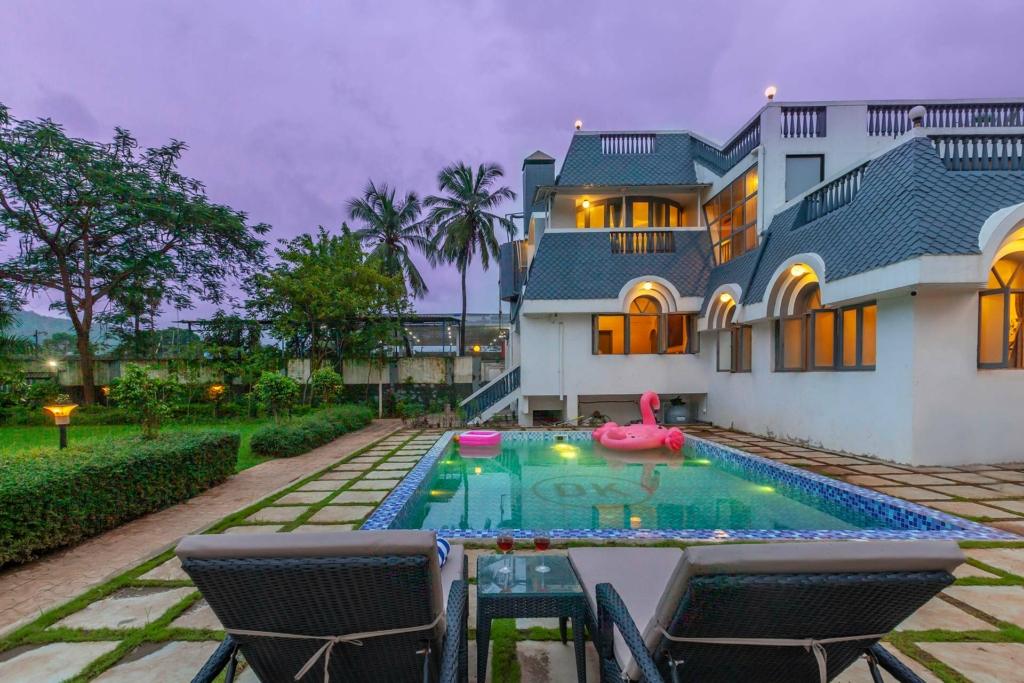
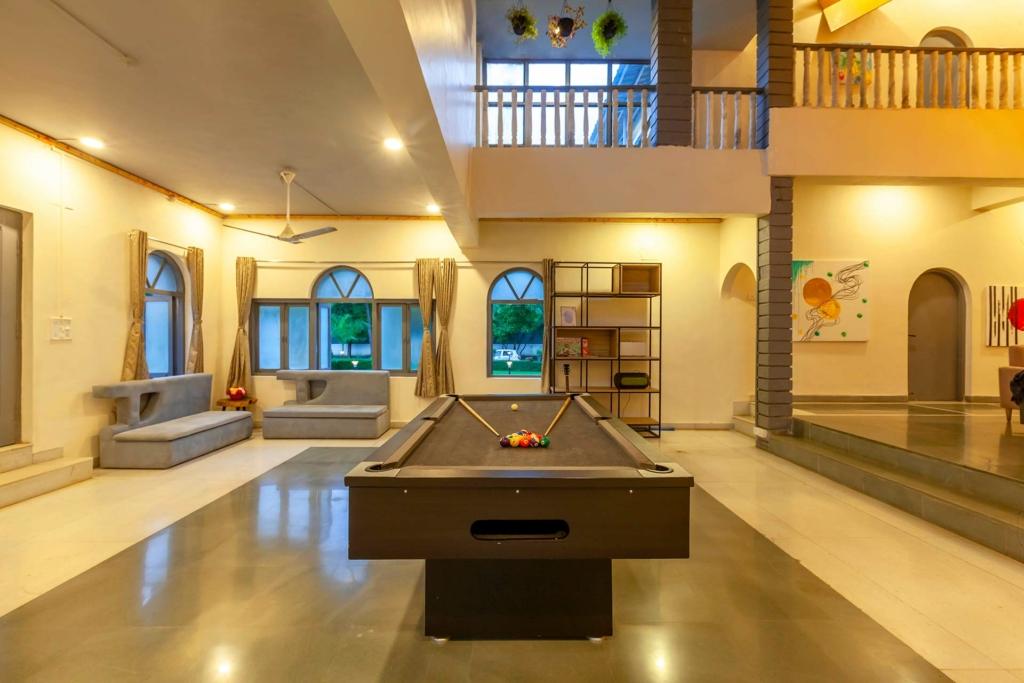
Villa Kornet – Panvel
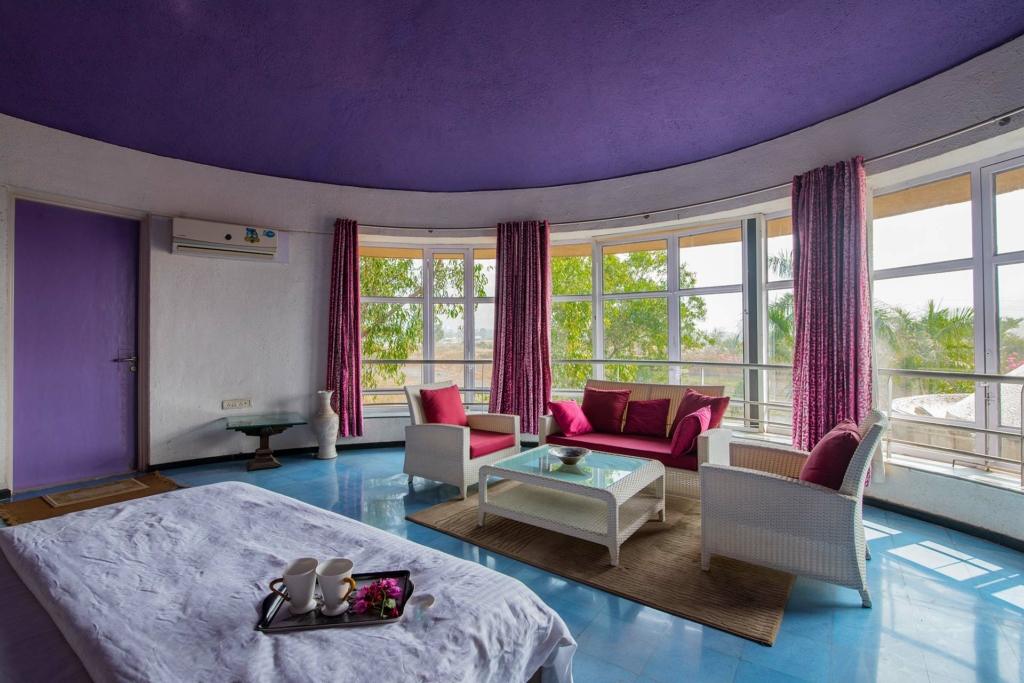
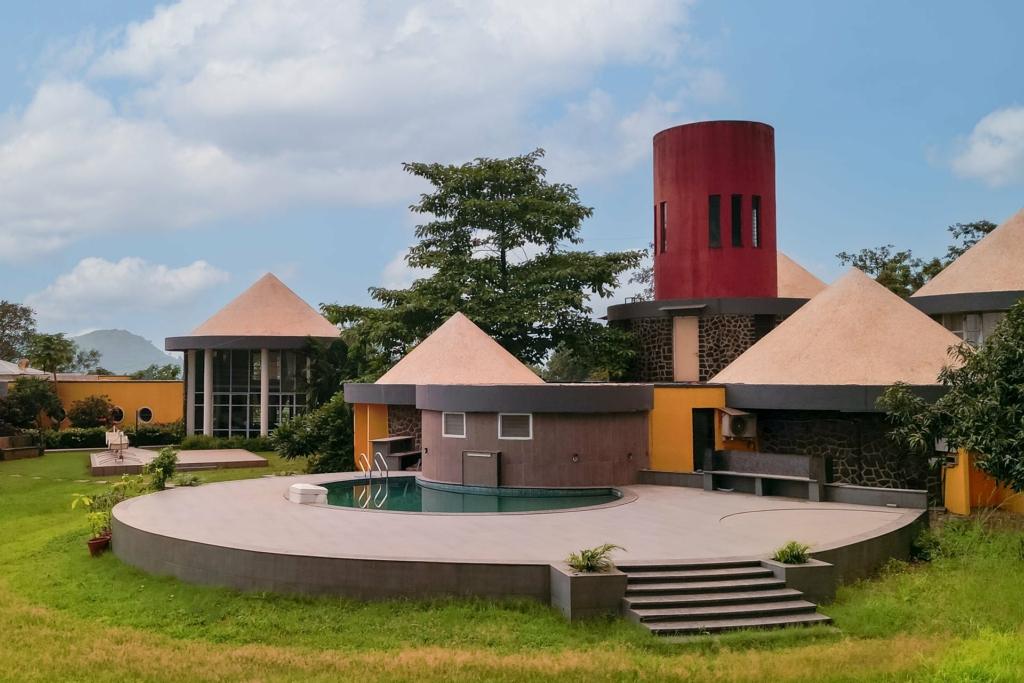
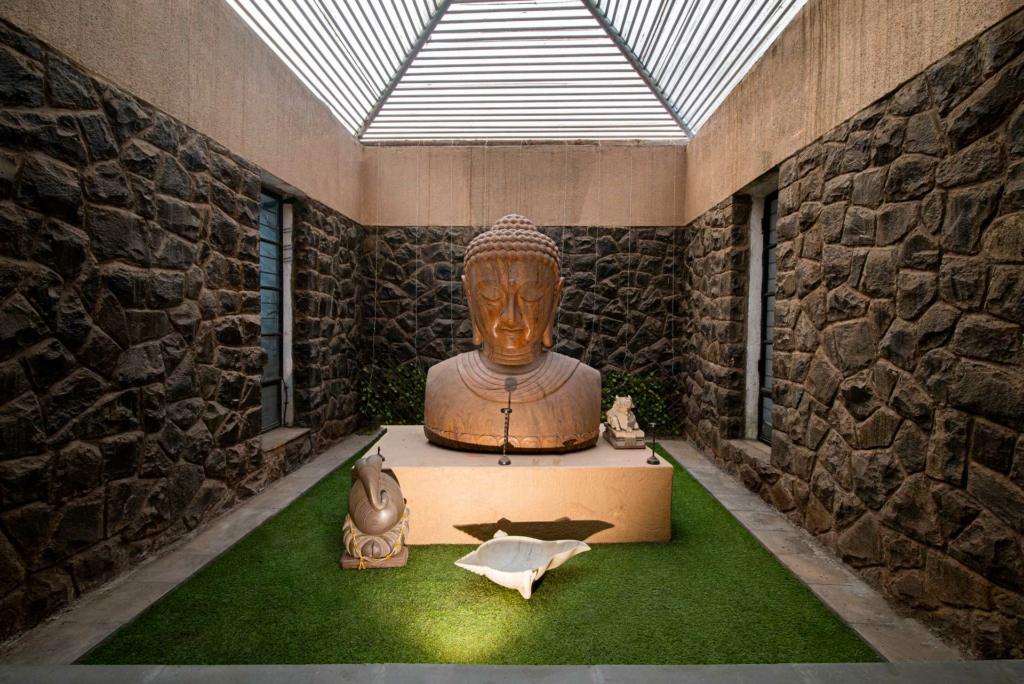
Water Song Garden- Indore

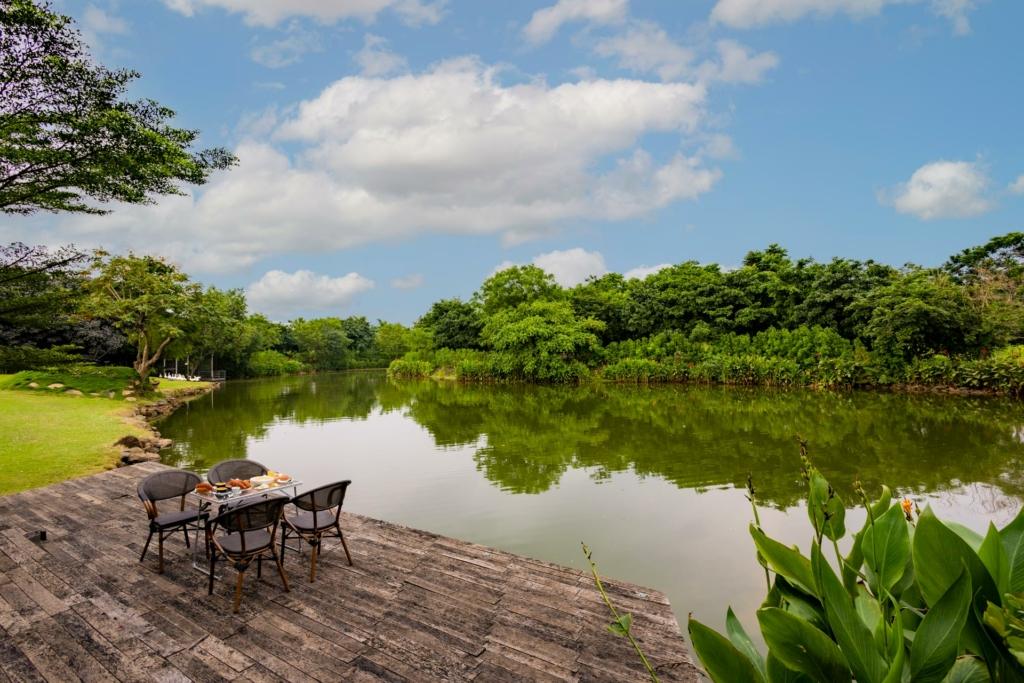

Cloudberry Estate- New Delhi
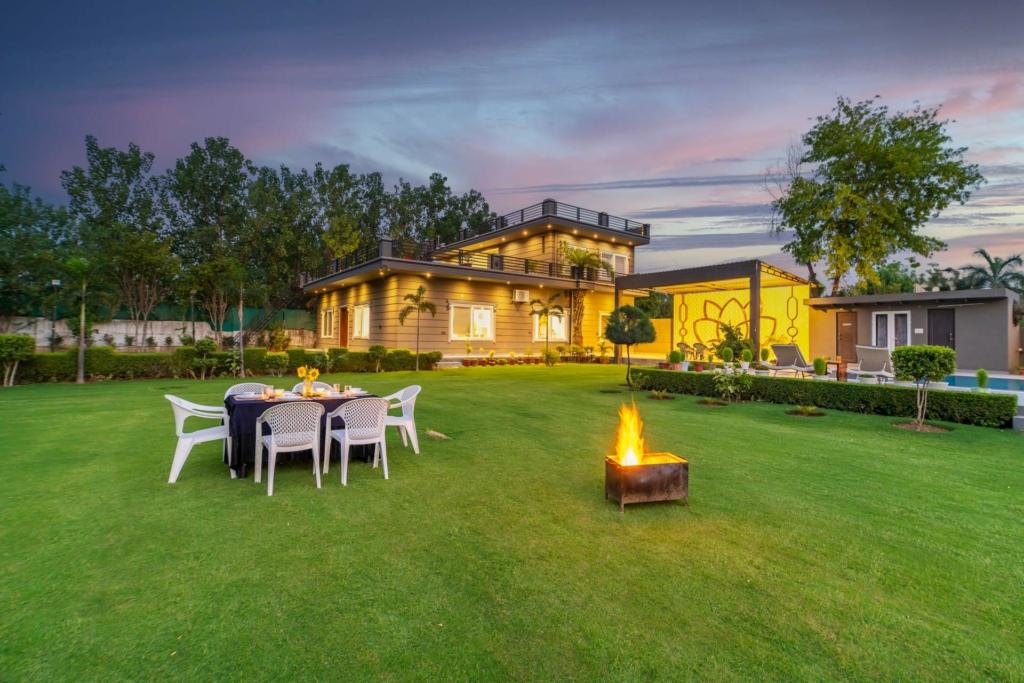


Cargo Haus- Bangalore
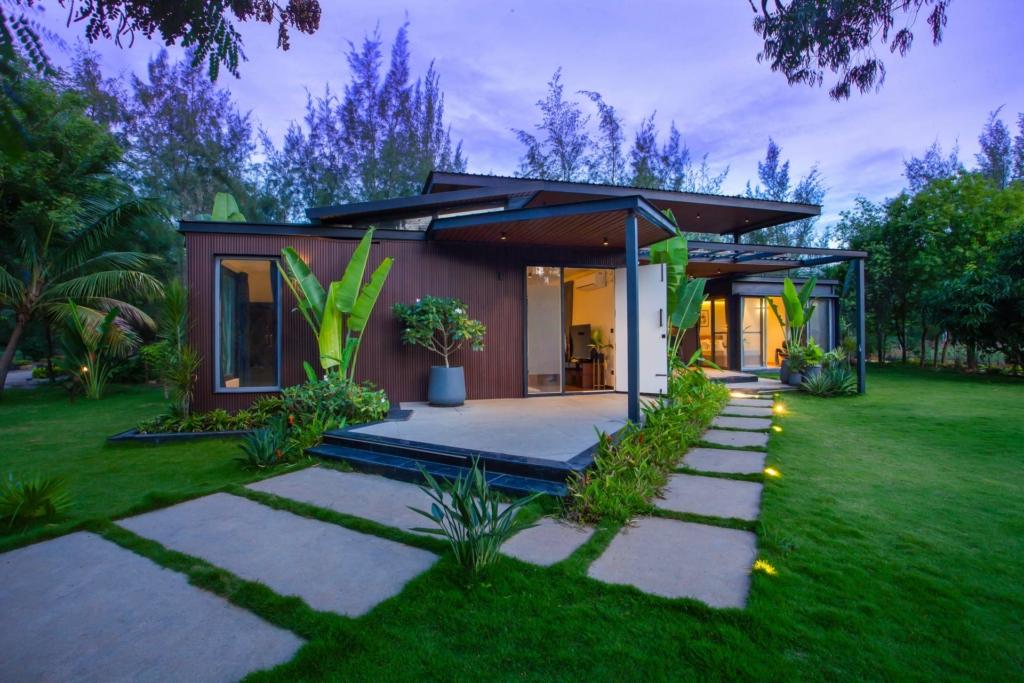


Navratri to Durga Puja: A Celebration of Devotion and Joy
Shardiya Navratri is the most significant and widely celebrated form of Navratri, observed in the lunar month of Ashwin, and is marked by vibrant festivities and deep spiritual significance across India.
Whether it is the devotional pandals of Kolkata during Durga Puja or the high-energy Garba nights in Gujarat, Navratri 2025 is a festival that unites India in joyous devotion. It is a time to honour the divine power of Goddess Durga, who embodies both the nurturing and destructive avatars necessary to maintain cosmic balance.
For those planning to participate, cities like Ahmedabad, Vadodara, Surat, and Mumbai offer some of the best opportunities to immerse in the festive spirit. Navratri is not just about dance; it is a celebration of culture, community, and the eternal blessings of the goddess.
FAQs on Navratri, Garba & Durga Puja
Each day honors a different form of Goddess Durga, starting with Shailputri and ending with Siddhidatri.
Navratri 2025 will be celebrated from September 22 to September 30.
Each day has a specific colour theme, beginning with Orange on Day 1 and concluding with Peacock Green on Day 9.
The eighth day (Ashtami) and ninth day (Navami) are the most vibrant and popular for Garba.
A traditional folk dance performed in circles during Navratri, characterized by rhythmic movements and dandiya sticks.
Ahmedabad and Vadodara host some of the largest and most authentic Garba celebrations.
Navratri emphasizes fasting and dance, while Durga Puja focuses on idol worship and cultural performances.
Durga Puja spans five main days, from Sasthi to Vijayadashami.
A lively stick dance performed in pairs, often alongside Garba.
Women typically wear chaniya cholis, and men wear kediyus with dhotis or churidars.
Yes, cities like Mumbai, Delhi, and Bengaluru host significant Garba nights.
Common fasting foods include sabudana khichdi, kuttu puris, fruits, and fafda-jalebi.
Image credits banner: anurag agnihotri via wikimedia commons
Written by: Elita Almeida




